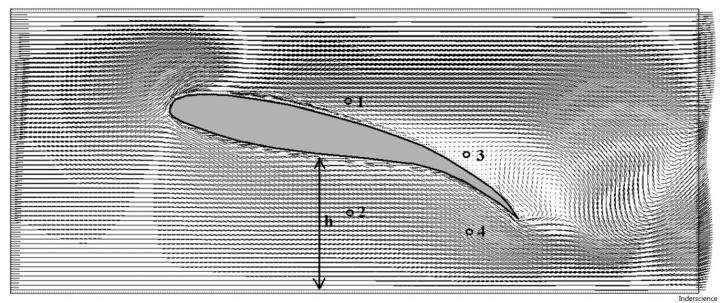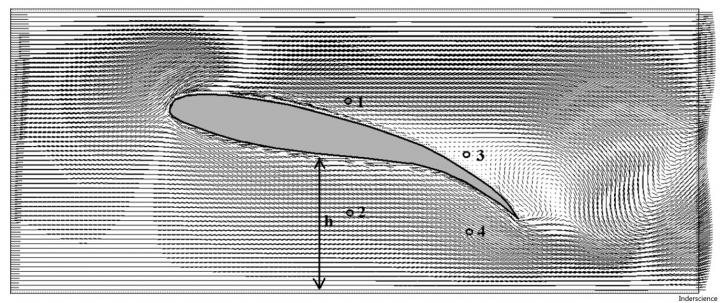
Credit: Inderscience Publishers
Nervous flyers and crew alike would prefer jet airliners not to vibrate so much at take off. Research published in the International Journal of Aerodynamics points to blue skies thinking that might explain the phenomenon and find ways to reduce the safety and image problems associated with this troubling aircraft noise.
Engineer Stanislaw Raczynski of the Universidad Panamericana, in Mexico City, Mexico, has used a gas flow simulation tool to follow the way in which low acoustic oscillations develop on the underside of an aircraft's wings as it gains speed ready for takeoff. Aside from being noisy and worrying to some passengers, there is a serious engineering issue that can arise if the oscillations match the resonant frequency of the wings or fuselage. Raczynski's simulations point to specific vibration patterns, their amplitude and frequency, that arise under certain conditions. Perhaps of greatest concern is that he has identified several low, sub-acoustic frequencies (so-called infrasound as opposed to ultrasound which is above the audible frequency range). Such oscillations can produce forces of up to several hundred kilograms per square meter of wing area.
"The air movement around the wing produces several infrasound frequencies, explains Raczynski, "Those oscillations may not be strong enough to cause damage but these frequencies can enter into resonance with the fuselage andproduce quite strong effects." He adds, that, "During takeoff, such infrasound frequencies may also coincide with the natural frequency of the air column between the wing and the ground which could multiply the effect."
While there are numerous design features in place in modern aircraft to reduce audible noise and some vibration, these low frequency oscillations are more worrying from a structural engineering point of view. "Model parameters used in simulations are always charged with some degree of uncertainty," adds Raczynski. "Perhaps, more useful is the qualitative outcome of the simulations, rather than the quantitative results given that the problem is closely connected to aircraft safety". He concludes that deeper investigations should be carried out to aid the design of new aircraft and avoid accidents.
###
Raczynski, S. (2016) 'Why a jetliner vibrates during takeoff: simulating air oscillations under the wing', Int. J. Aerodynamics, Vol. 5, No. 2, pp.125-132.
Media Contact
Albert Ang
[email protected]
@inderscience
http://www.inderscience.com
############
Story Source: Materials provided by Scienmag





